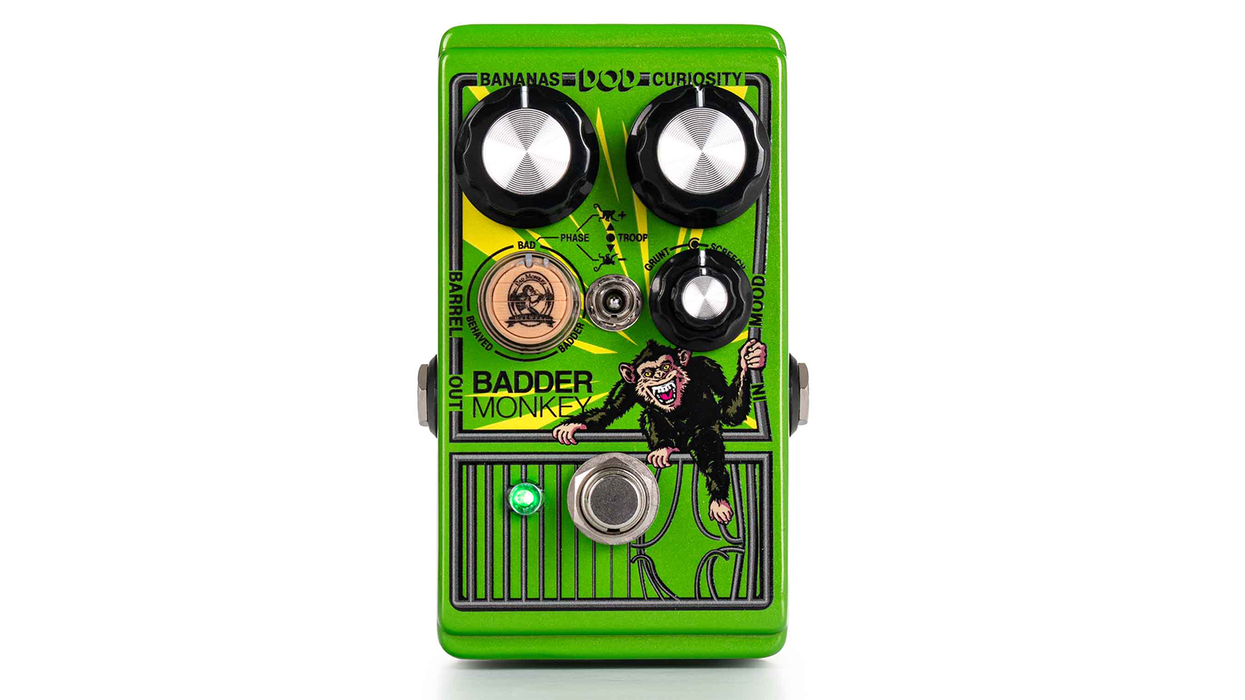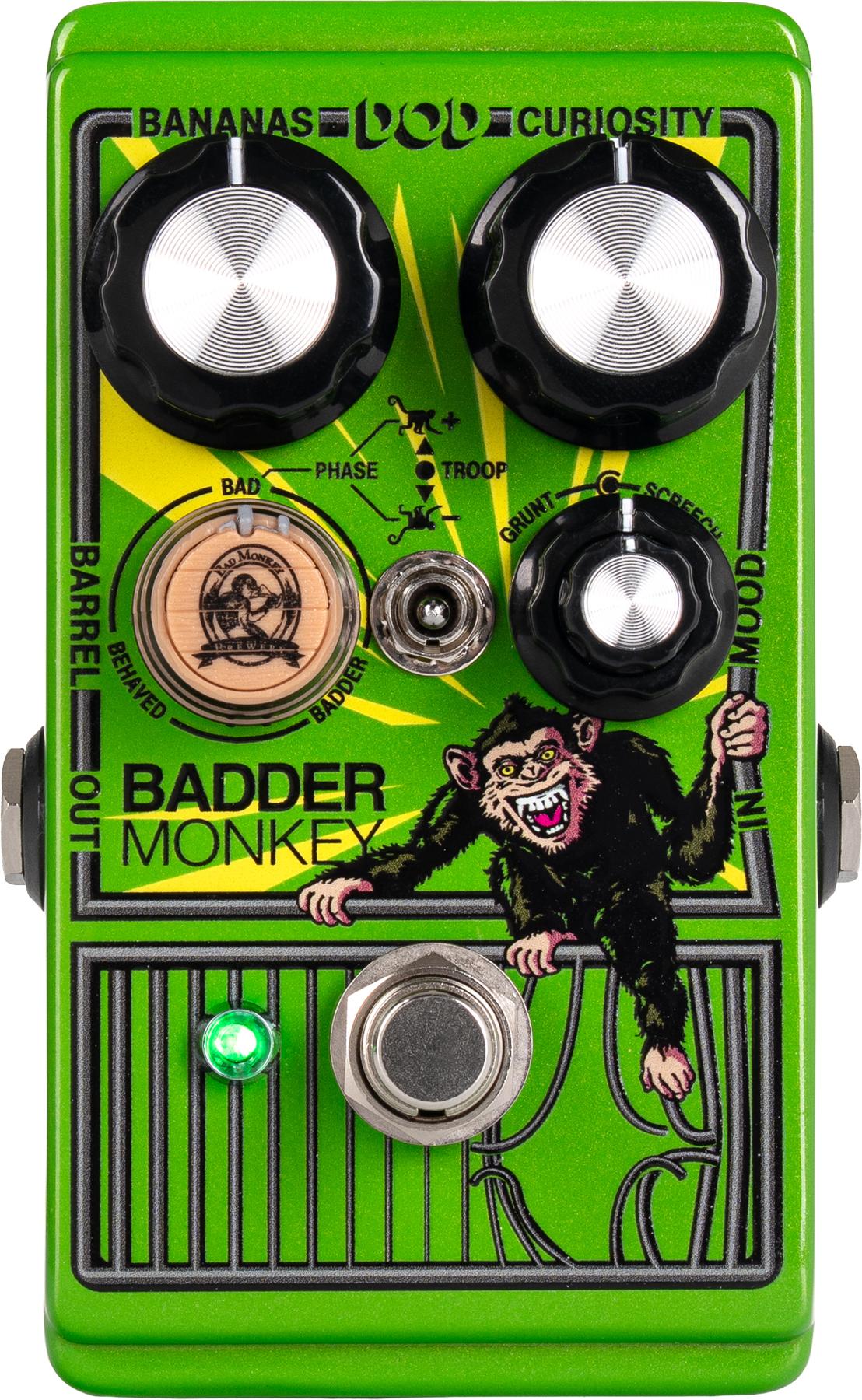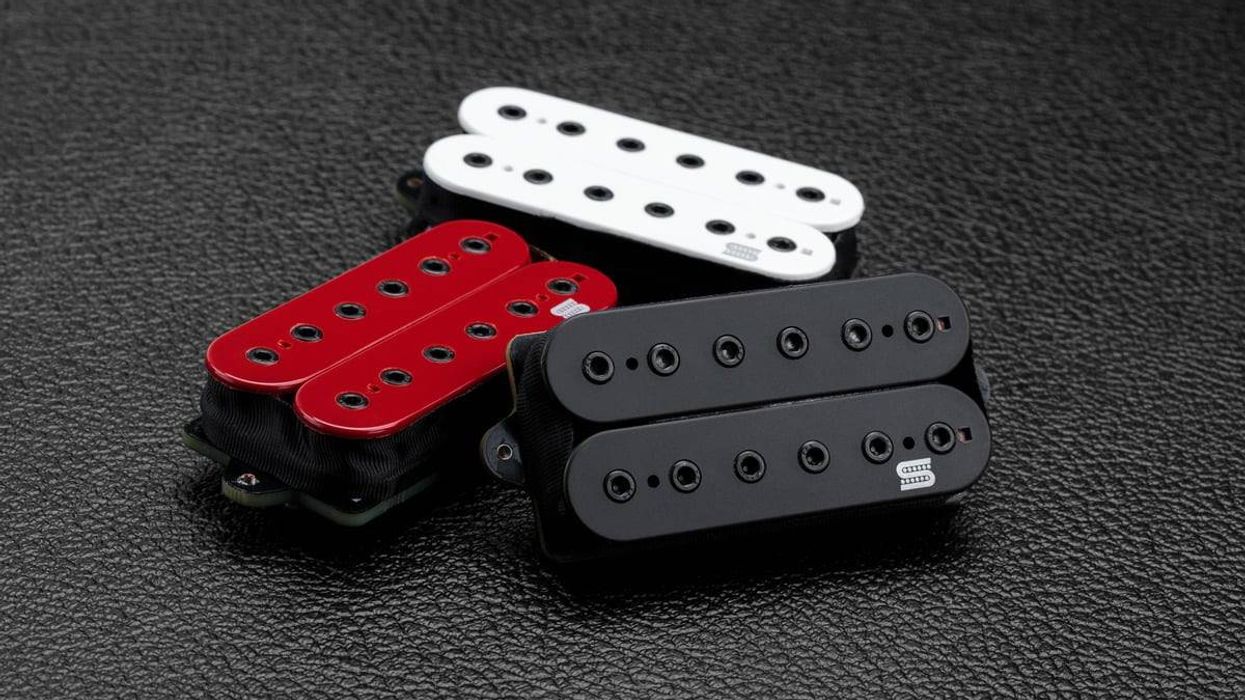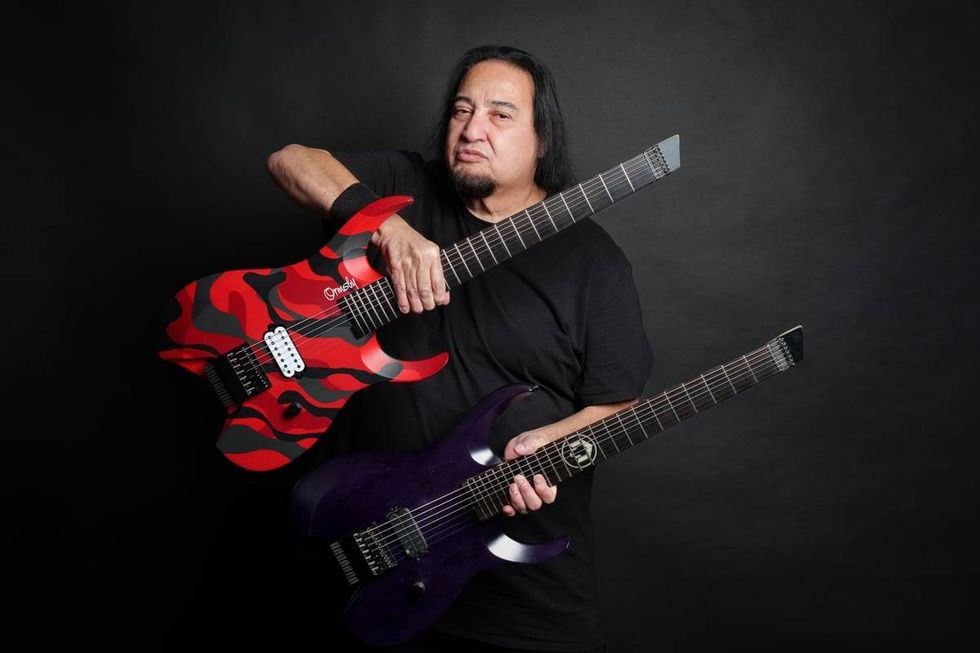Hello and welcome back to the Low End, and our second installment of the four Rs: replicas. To begin, we should define replica. Is a replica something as simple as a pre-CBS Fender Jazz copy, or could it be a completely tricked out, 18-volt psychopathic slap machine disguised as an old J-bass? Is it possible that the true definition of a replica falls between those two? The truth is that a replica can be any of these. A replica is nothing more than someone else’s interpretation of an original. It is a player’s instrument that looks old school, but may have more going on under the surface. In the spirit of research, I took a ride into NYC to visit Dean Moody at Rudy’s, Jimmy Coppolo at N.Y. Guitar and Bass Boutique and the Sadowsky crew. I ended up dropping some serious dough after falling for one of the tested basses (the lengths I go to for a good column…). Kevin – the vintage guy, the passive bass purist – fell in love with a battery-box bass. Why? It fit the bill!
In the end, I learned that replicas all essentially fall into one of three categories:
A: An emulation of the real deal, complete with variable amounts of wear
B: An emulation that looks and feels vintage but has modern electronics
C: A totally tricked out emulation that retains a classic, vintage vibe
Type A basses make sense. The builders who make these usually use Fender licensed products, so the basses tend to look like real, old school Fenders, right down to the headstock. These items are aged to look like 40 to 50-year-old basses and feature premium, vintage style hardware and electronics. The typical street price on these basses is around $1500 for an off-the-rack item, and the typical buyer either doesn’t have the capital for a real pre-CBS bass or they already own the old wood but don’t want to take it to gigs. The build quality is high, the setups are nice and the tonal and visual aspects effectively capture the vibe of a rowdy, old Fender.
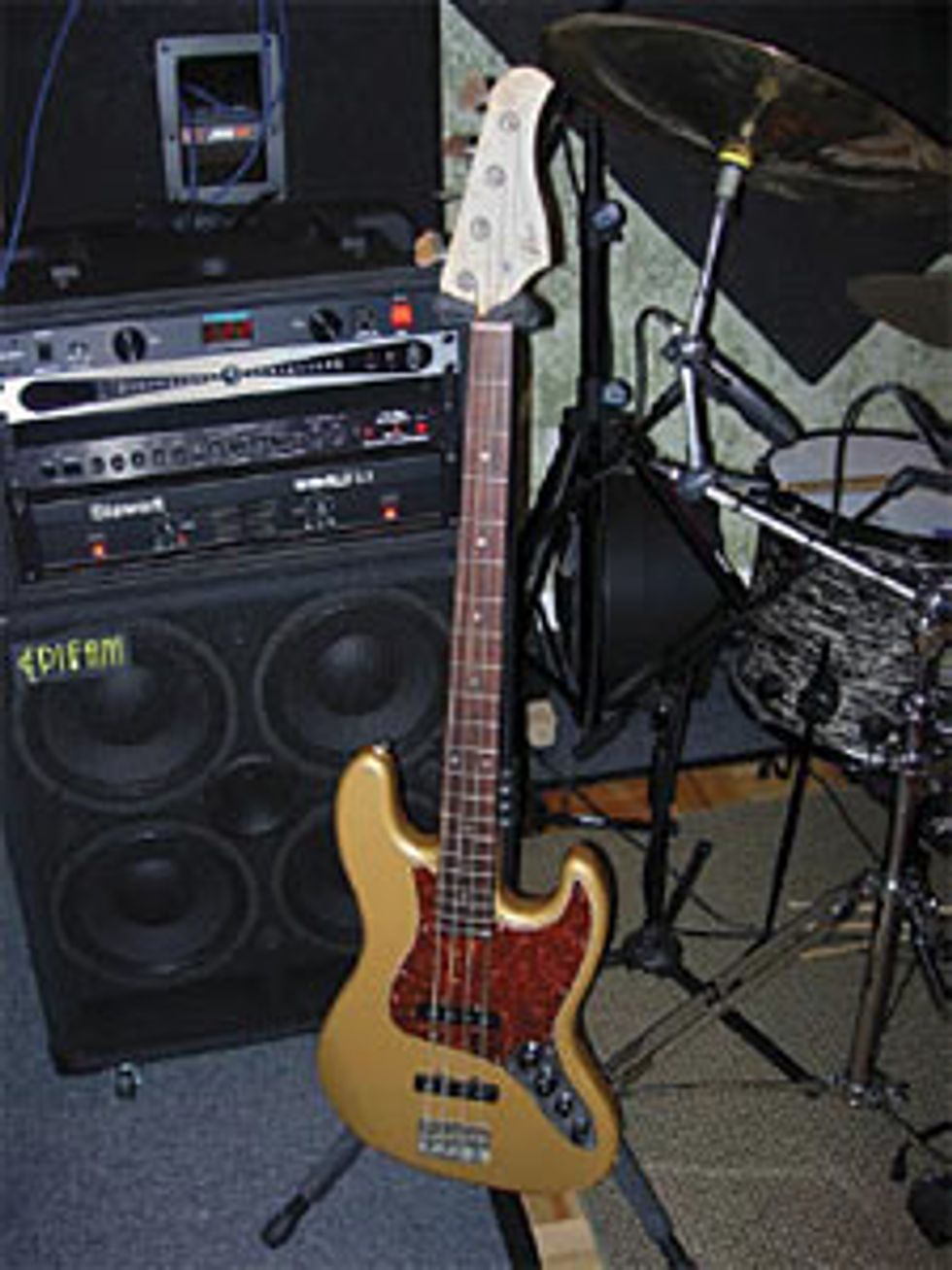 | |
|
Type B basses are typically custom built to an extremely high standard. These are usually Jazz basses, but other models or combination models (P-J hybrids) are easy to find. Commonly found in fifties or sixties solid colors and traditional sunburst finishes, the basses tend to have old school-looking hardware with modern electronics. The headstocks tend to stay away from the Fender shape because of copyright issues, but the rest of the bass looks familiar. The electronics in this group are usually either 9 or 18-volt with a passive option. They play incredibly fast and tend to be articulate and modern-sounding with the preamp engaged, but yield a nice old school sound when running passively. Three of the best type B and C brands of basses are made in NYC: Sadowsky, Pensa and Avella Coppolo. If you can dream it, it’s either already available or can be built for you.
My wishlist type B bass would have ‘64 Jazz bass specs with vintage style hardware, a 9- volt preamp with passive override, have a Shoreline Gold finish with an ebony board – and weigh under 8.5 pounds. When I stopped by Rudy’s on 48th Street they had the exact bass I was looking for, and out came the Visa. Take if from me; if an old vintage guy like me could get possessed by a brand new bass, you are at risk as well.
Many a man’s soul and wallet have been taken over by type C basses. These are type B basses to the Nth degree that appeal to players like Will Lee. They feature highly figured bodies, incredible preamps and gorgeous paint jobs – and they play like the devil. Of course, I know you’re probably saying, “What does this have to do with a replica/vintage column?” The answer is most vintage Fender players are not going to buy a boutique bass, because it feels different – the ergonomics and control layout feel completely foreign. However, a replica bass, while boutique, can basically be played with little or no acclimation. If you’re looking for a “Fenderesque” bass with all of the modern amenities, one of these could be perfect.
Next month we will continue this installment with the two remaining Rs. Until next time, drop the gigbag and don’t forget the cannolis.
Kevin Borden
Kevin Borden has been a bass player since 1975, and is currently President of Goodguysguitars.com.
Feel free to call him KeBo.
He can be reached at Kebobass@yahoo.com














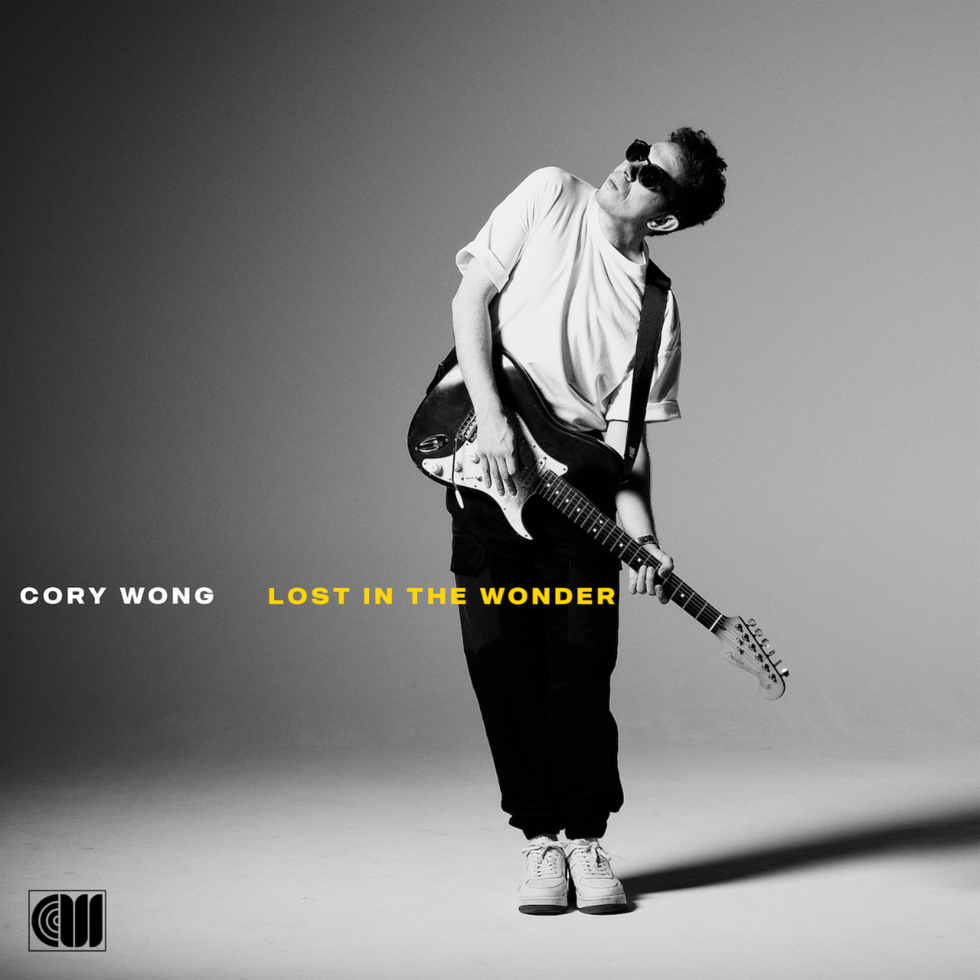
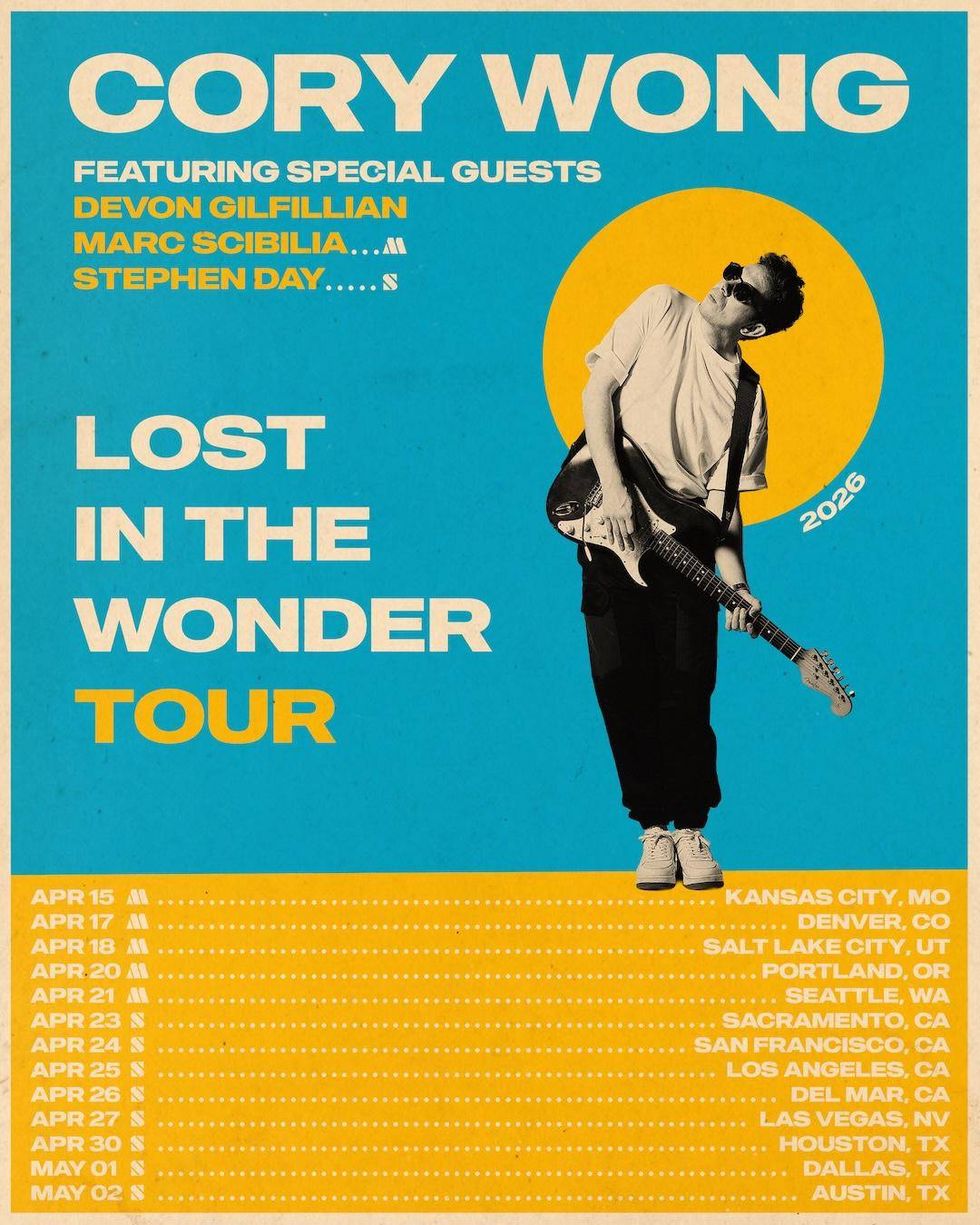
![Rig Rundown: Russian Circles’ Mike Sullivan [2025]](https://www.premierguitar.com/media-library/youtube.jpg?id=62303631&width=1245&height=700&quality=70&coordinates=0%2C0%2C0%2C0)






